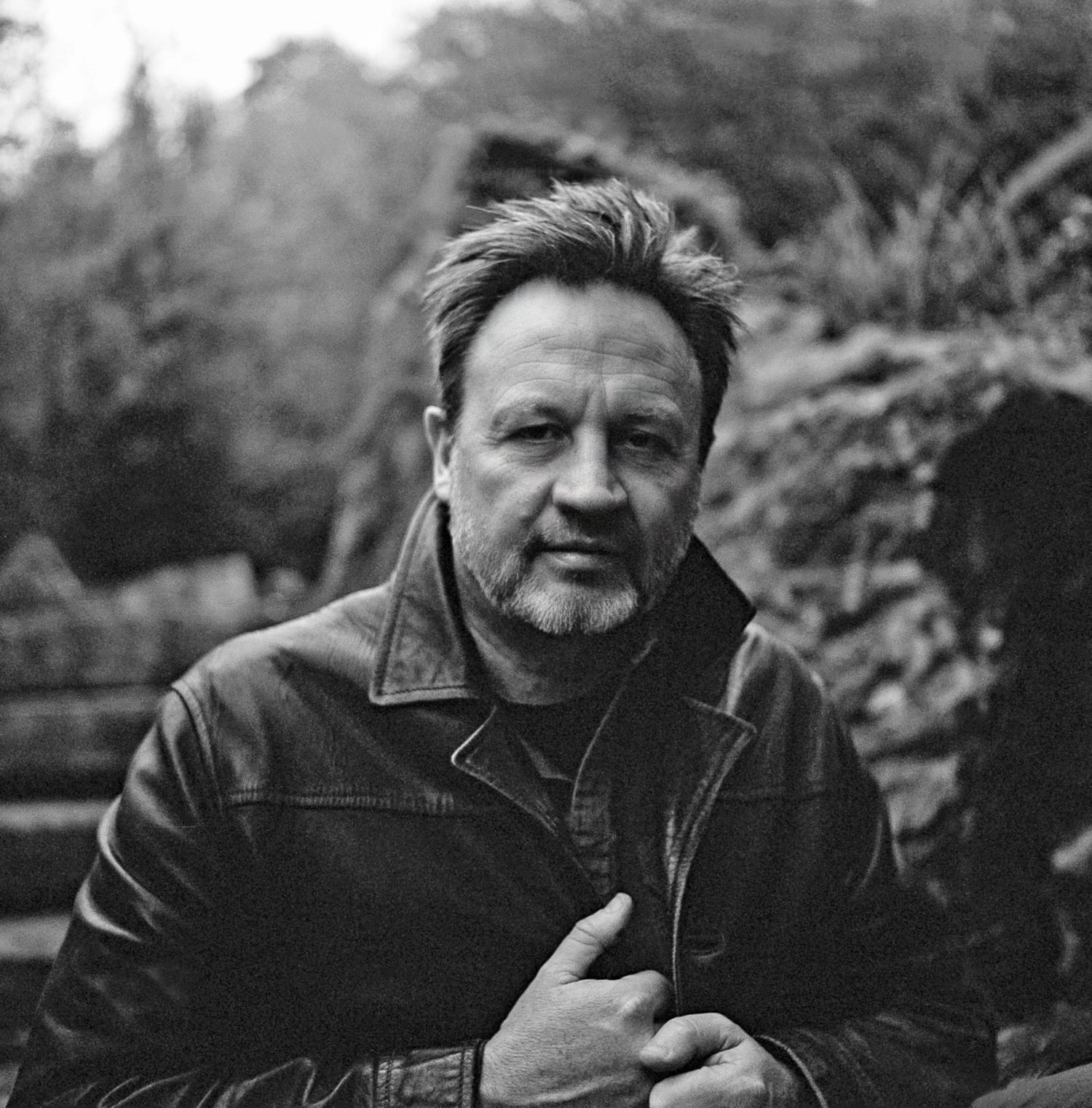
About Nigel Malone
I grew up as the youngest child in a family of engineers. Each weekend, we would pull something apart and rebuild it or make something from the latest issue of Popular Mechanics Magazine. One week, it was a motorbike; the next, a transistor radio; the next, a scale model hovercraft. I gained an appreciation of 'the machine.' And as a kid, there was no more beautiful or magical machine in my eyes than the camera.
I got my first job in photography as a trainee at a department store photographic studio. Under the watchful eye of the Studio Head, I was tasked with shooting every item in the store, from sporting goods to ladies' lingerie, for the weekly catalogue. Much like the karate kid, it seemed mundane and repetitive at the time, but looking back, it was, in fact, where I mastered the art of lighting.
I never went to art school, but I've always been a student of the art. I loved the great street photographers like Henri Cartier-Bresson and Elliott Erwitt, but Robert Capa, adventurer and photojournalist, was my ultimate hero. To capture images that define a time is one thing; to do it in a war zone requires a calculated yet improvisational shooting style, which I've subscribed to throughout my career.
I have always been more comfortable in the company of nature than people. For many years, I traveled to remote areas, shooting only landscapes. Photographing people, however, forced me to face my introversion and step out of my comfort zone. I think this is why portraiture is now my most favoured form and why I've gained such a strong reputation for it.
I began my career shooting film and know I will end it the same way. For nearly two decades in the middle of my career, I embraced digital photography before I was drawn back to the allure and antithetic of analog photography. For me, photography has always been a craft, an ability to see things others cannot, paired with a technical prowess formed from decades of trial and error.
